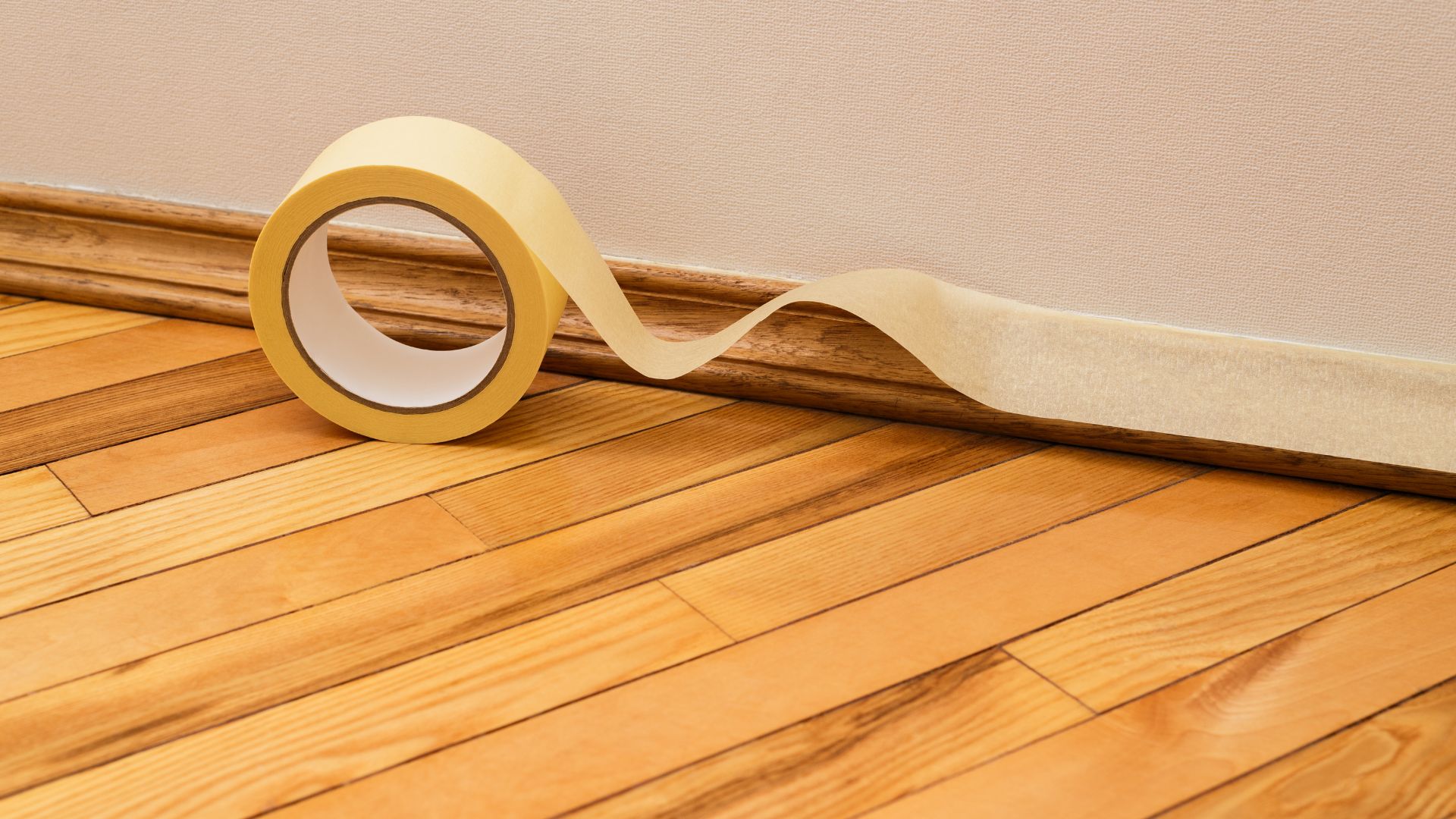
Why Painter’s Tape Matters
Have you ever tried to freehand edges while painting and ended up frustrated or disappointed with the results? Painter’s tape acts as a safety net for your DIY ambitions by creating crisp, clean lines. It’s designed to prevent paint from seeping through onto surfaces like countertops, cabinets, and hardware.
Understand the Types of Painter’s Tape
Painter’s tape comes in various types, each with its specific strengths. Here’s a quick rundown:
1. General Purpose Painter’s Tape
This is your everyday tape, best suited for straight lines on walls, trim, and baseboards.
2. Delicate Surface Painter’s Tape
Ideal for recently painted surfaces, wallpaper, or freshly plastered walls. It’s gentler but equally effective.
3. High Adhesion Painter’s Tape
If you’re painting on rugged surfaces like brick or cement, this is your go-to.
4. Low Adhesion Painter’s Tape
For delicate surfaces like cabinetry or countertops, low adhesion tape offers protection without damaging the underlying finish.
Factors to Consider When Choosing Painter’s Tape for Kitchen Projects
Kitchen painting comes with unique challenges. Let’s see what matters when selecting the best tape.
1. Surface Type
Are you taping over a glossy finish or raw wood? Matching the tape’s adhesive level to the surface ensures optimal results.
2. Paint Type
Oil-based paints might require a different kind of tape compared to latex-based ones. Consider whether the tape will leave a residue behind when removed.
3. Duration of the Project
Some tapes are designed to be removed within a few days, while others can last weeks without leaving a sticky mess.
4. Moisture Resistance
Kitchens can be humid, so choose a tape that won’t weaken in moisture-rich environments.
Proper Application of Painter’s Tape
1. Clean the Surface
Wipe down surfaces to remove dust and grease for better tape adhesion.
2. Apply Firmly
Press down along the tape’s edge with a plastic card or your fingernail.
3. Create Overlaps
For corners or irregular shapes, overlap pieces of tape to form a seamless barrier.
4. Test Before Applying Paint
Apply a small test strip of tape and then remove it after a few minutes. If it peels cleanly, you’re good to go!
5. Remove Promptly
Peel off the tape before the paint is completely dry to avoid lifting the paint.
When to Call in Professional Help
At Wall Works, we know how kitchen remodeling can be overwhelming. If taping up your kitchen feels like too big of a task or you’re aiming for a flawless finish, give us a call at 951-695-5588. We can provide professional kitchen painting services to help you transform your kitchen hassle-free.
Tips and Tricks for Successful Kitchen Painting
1. Plan Your Colors Wisely
Choose contrasting or complementary colors and avoid clashing shades.
2. Be Patient with Drying Times
Rushing through the process can lead to smudges or uneven finishes.
3. Mask Properly
Don’t skimp on tape quality to save a few bucks. It’s worth investing in the right painter’s tape for a polished look.
4. Use Drop Cloths
Protect your floors and countertops from drips and spills.
5. Practice Makes Perfect
Test out your skills on a less visible wall before painting those prominent surfaces.
FAQs
- Can I Use Painter’s Tape on Kitchen Cabinets?
Yes, but ensure you choose a low-adhesion tape to avoid damaging the finish.
- How Long Should I Leave Painter’s Tape On?
It depends on the tape. Some should be removed within a day, while others can last a couple of weeks.
- What’s the Best Way to Avoid Bleeding Paint?
Ensure the tape is firmly adhered and remove it before the paint dries completely.
- Can Painter’s Tape Work in a High-Humidity Kitchen?
Yes, but select a moisture-resistant type that can withstand humidity.
- Can I Reuse Painter’s Tape?
It’s not advisable as reused tape can lose adhesion and lead to uneven results.
Conclusion
Choosing the right painter’s tape is essential for a successful kitchen painting project. By understanding the different types available and matching them to your specific needs, you can confidently create those clean, sharp lines that make all the difference in kitchen remodeling. And if you ever feel stuck or overwhelmed, remember Wall Works at 951-695-5588 is just a phone call away to assist with all your kitchen painting needs.

